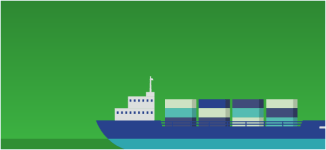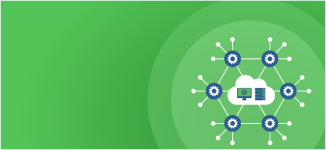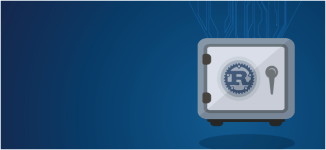Predictions for Software Package Trends in 2023
There’s no denying the pandemic accelerated all industries’ migration to the cloud, which correspondingly increased use of cloud-native technologies like Kubernetes (K8s) and containerization methods like Docker. Additionally, now that employees are going back to the office and more citizens get back out ‘on the road’, we’ll continue to see increased use of the cloud, collaboration tools, and a growing number of devices being used both remotely and while we’re on the go.
This trend will continue fueling the push for use of cloud native technologies, which puts increased pressure on developers to deliver new, mobile-first features and functions rapidly, while ensuring they are always secure and up-to-date. Gartner research indicates more than 85 percent of organizations will embrace a cloud-first principle by 2025 and will not be able to fully execute on their digital strategies without the use of cloud-native architectures and technologies.1 Don’t be left in the dust by your competition.
From a talent standpoint, this might mean you need a few extra developers on your UX, cloud native, or mobile-first design teams. While there are still a few industries where migration to the cloud is slower due to business and/or data location, data privacy/sovereignty, regulatory requirements, etc., the overall shift to the cloud and adoption of K8s will continue to accelerate as the variety, volume, and size of software packages continues to grow. We’ll also likely see increasing hoards of companies take advantage of the dynamic nature of cloud infrastructure with frameworks such as Terraform.
Looking at our own data as well as industry and economic trends, we expect to see growth in Docker and container utilization remain strong given the rise in variety and size of artifacts used to support technologies such as cryptocurrency, metaverse, cloud gaming, and blockchain, among other things.
While the jury is still out on the “metaverse”, we see many organizations experimenting in this area with increasing artifact size, the proliferation of C++, Python and Rust (Cargo), along with containerization technologies. At the same time, the increasing use of C++, Python, and Java could also signal more widespread development and use of Blockchain technology which would coincide with the industry’s vehement focus on security in general and, more specifically, securing the software supply chain. The popularity of traditional languages like Rust, Java, and JavaScript, also signals a drive by many organizations towards next-generation internet services using decentralized web infrastructures to create new application workflows.
In short, given the many varied use cases enabled by a variety of software languages,companies should be looking for a comprehensive and universal platform that allows them to manage their entire software supply chain from end-to-end, while fueling collaboration, scalability, consistency, and security.
*https://www.gartner.com/en/newsroom/press-releases/2021-11-10-gartner-says-cloud-will-be-the-centerpiece-of-new-digital-experiences










